the amazing yadan landform
The lithologic conditions are the basis of the formation and development of yadan.Because the definition of adan is inconsistent, adan can be formed and developed on rocks of different hardness and ages.Some scholars believe that in addition to hardness, the structure of lithology should also be considered, and have done research.
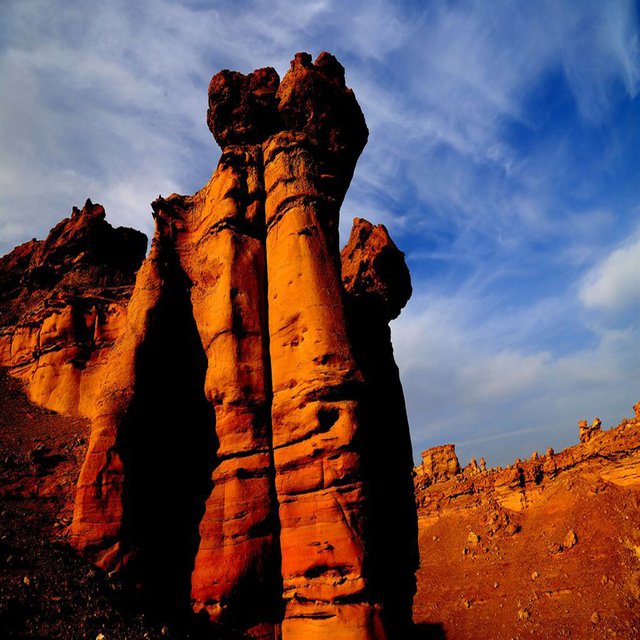
For example, Goudie thought that the rock mass forming yadan was relatively uniform in lithology, simple in structure, but with convenient joint development.Xia xuncheng believed that there were horizontal and vertical joints for erosion in the interbedded mudstone and sandstone sediments.
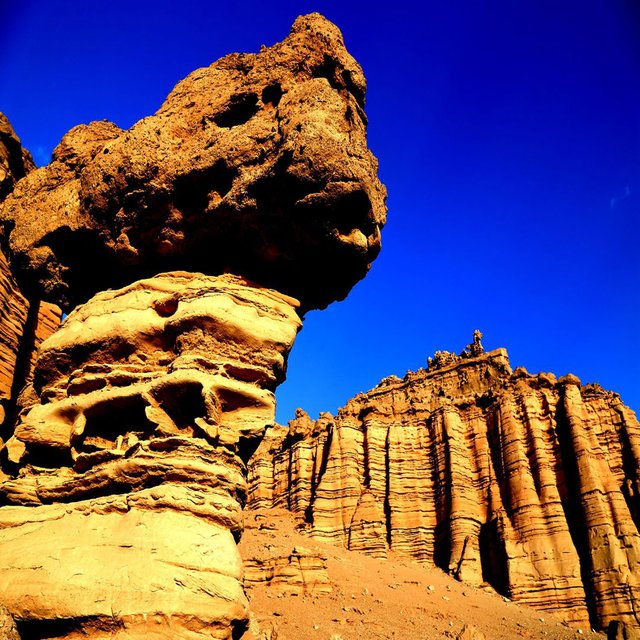
Environmental conditions
The vast majority of yadan are found in extremely arid areas, where annual precipitation is less than 50 mm and vegetation is scarce.Or wetter depression, salt weathering, groundwater action strong area.Based on the research on climate change in geological history, many scholars have concluded that the tall yadan was formed in the dry, cold and windy climate during the pleistocene ice age, or in the earlier arid climate.
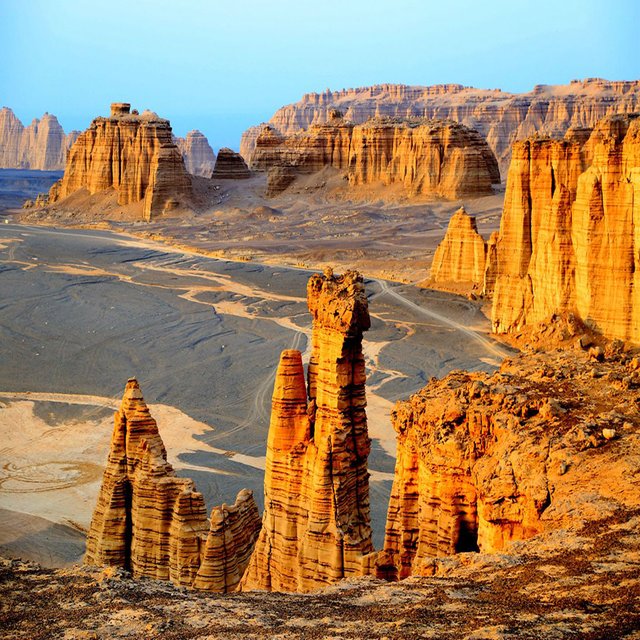
Dynamic conditions
The dynamic condition is the key factor for the formation of yadan landform.
Yadan is distributed in extremely arid areas, and the wind is the main external force.Most scholars believe that strong wind with a single wind direction is the main external force for the formation of yadan, while some scholars believe that part of yadan's formation is caused by two groups of wind conditions with opposite wind directions.Different scholars also have different understandings on the two action modes of wind erosion: blowing erosion and abrasion.
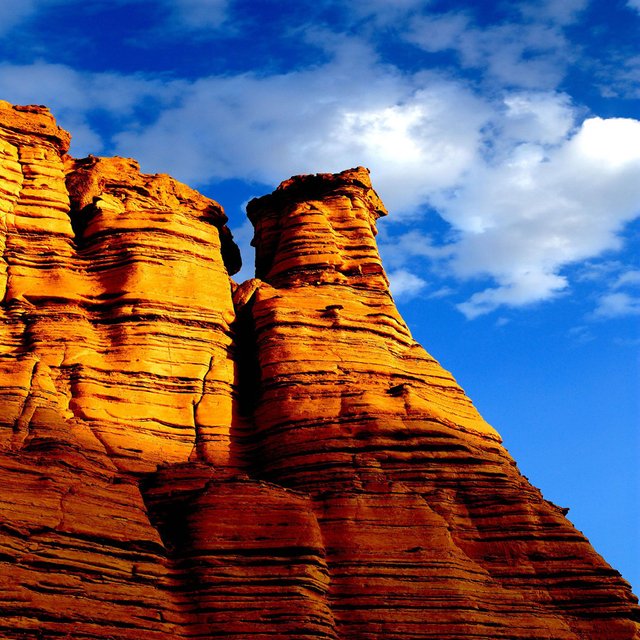
El-baz et al. believed that the effect of blowing erosion on yadan of different lithology was quite different, while the effect of blowing erosion on hard rock was not obvious.McCauley et al. believed that the smooth and streamlined adan on the soft rock mass was the result of blow erosion.

Hobbs, Hagedorn and Grolier believed that abrasion was mainly reflected in the overall shape of yadan and the color change of slope foot rock mass. The polishing surface and wind erosion groove at the windward end and the lower part of both sides were formed by abrasion, which led to the cutting of the ground at the windward end and the groove on both sides.However, Whitney believes that if the wind erosion is too strong, it will lead to the destruction of the wind erosion trough. The vortex formed by secondary flow and the suspended materials such as powder and fine sand carried by the secondary flow act on the rock mass to form the wind erosion trough. He named this secondary flow interfacialflow,
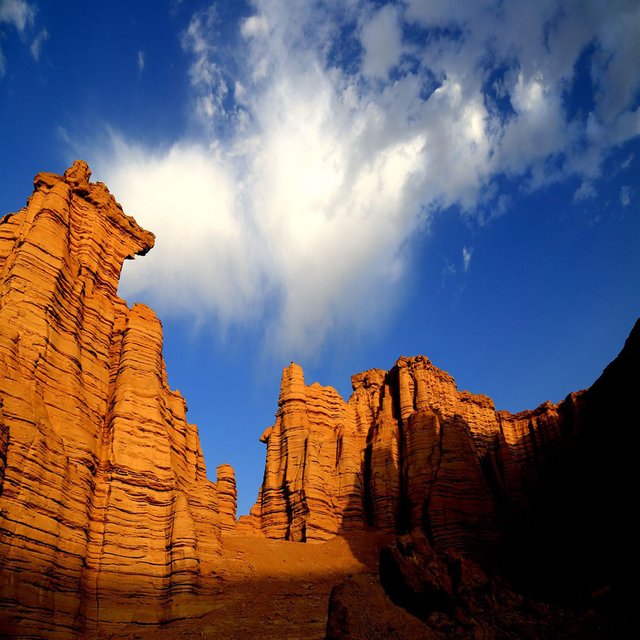
believing that it carries tiny particles to erode the whole yadan body.There are also different views on the relative importance of wind erosion and abrasion.For yaadan, logue lake district, California, USA, McCauley et al. believed that the erosion caused the formation of smooth, streamlined ridges, while the erosion caused the downcut of windward end and both sides, making the trough between yaadan lower.Ward et al. believed that abrasion played a very important role in the initial formation stage of trough and ridge.
that is some pretty remarkable scenery... wow.